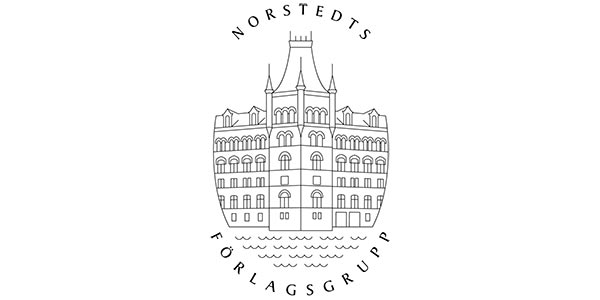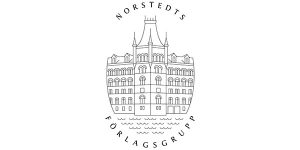
The Barabudur : a synopsis of buddhism

| Författare | |
|---|---|
| Förlag | Stockholm University |
| Genre | Religion |
| Format | Häftad |
| Språk | Engelska |
| Antal sidor | 602 |
| Vikt | 1422 gr |
| Utgiven | 2021-11-02 |
| SAB | Cmec.03 |
| ISBN | 9789179115401 |
In this dissertation, Johan af Klint presents the Barabudur monument on Central Java and analyses its significant role. The important trade historical aspects are given due interest. The Sailendras – the builders of the Barabudur – are appropriately presented. As the Barabudur to a large extent is based on various religious aspects, the introduction process of Buddhism into Indonesia has been
given relevant attention.
The religious influences from India were strong during the Central Java Period. Sravakayana and Mahayana were introduced early on. Esoteric Mantranaya was introduced during the eighth century CE by the Lankese monks from the Abhayagirivihara. Some esoteric Buddhist concepts may also have been introduced from China. Finally, the Barabudur could have been influenced by some ideas
expressed in the forthcoming local esoteric text – the Sang Hyang Kamahayanikan.
The bas-reliefs on the Barabudur are based on several scriptures, such as the Lalitavistara, the Gandavyuha Sutra and the Bhadracari. The Buddha images on the Barabudur may represent various models – the most likely is probably the Panca-Tathagata model.
In conclusion, the Barabudur may be regarded as a holy monument, where the Buddha is present, and where the devotees may be taught directly by the Buddha.
Johan af Klint Civ.ekon. & MA. MBA at Univ. of Calif., Berkeley. Worked in finance in the Far East,
London, New York and Sweden. Venture Capitalist in Sweden.
This is a doctoral thesis in History of Religion at Stockholm University, Sweden 2021.






















